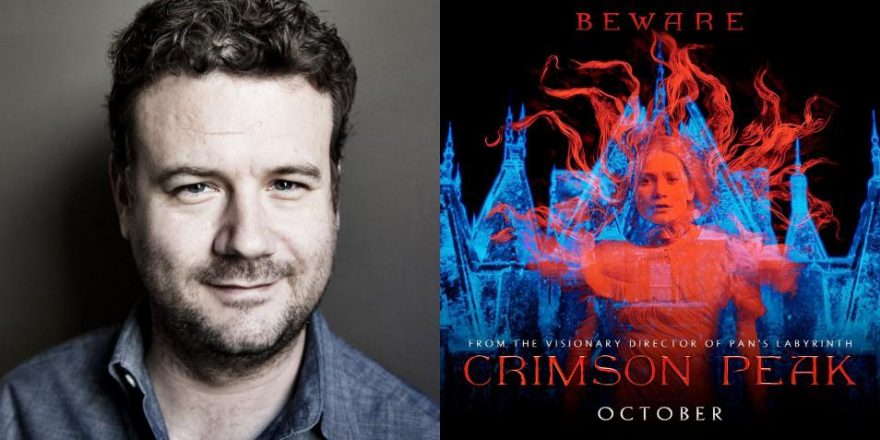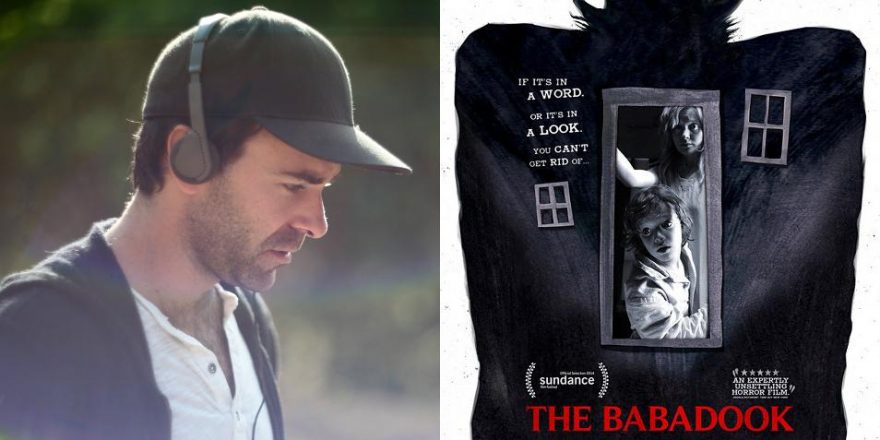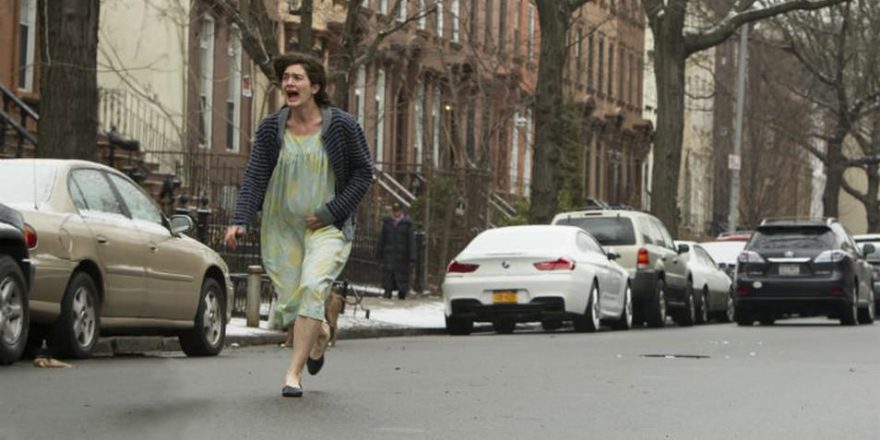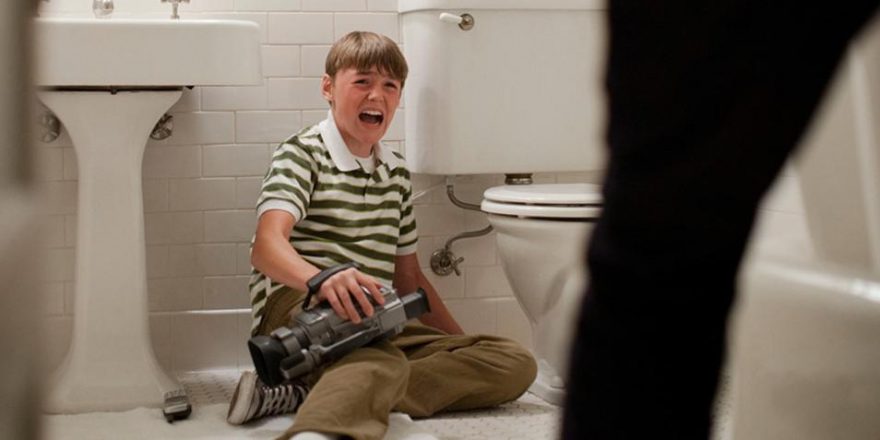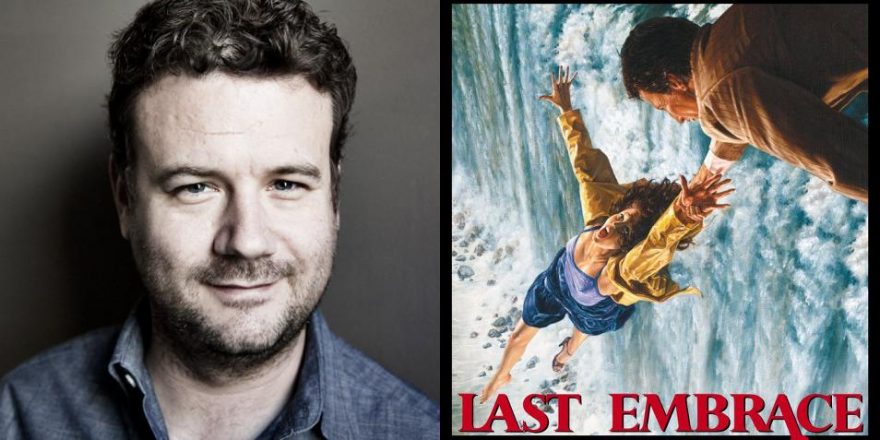Guillermo del Toro’s 1993 debut feature, Cronos, told a story that revolved around alchemy. Twenty-two years later, del Toro has achieved his own kind of cinematic alchemy with Crimson Peak, a film that fuses his uniquely particular obsessions and singular visual style with the pleasures of large-scale Hollywood storytelling. It’s similar to what David Cronenberg did in The Fly, or Spielberg pulled off with E.T., films in which their creators’ most deeply felt personal preoccupations coexist with the demands of an audience-pleasing genre film and neither aspect is compromised. It’s the second time in a row for del Toro, who did it in Pacific Rim too; while some (most?) filmmakers find their visions diluted and suffocated by the demands of enormous studio tentpoles, del Toro is liberated by them. Their resources give him the means to fully realize his exquisitely detailed worlds, and his affinity for classical storytelling in the best, most archetypal sense makes him well suited to connect with a mass audience. Not in a crass, calculated way, but in the way that Spielberg does, or Walt Disney did. He taps into our dreams.
In terms of plot, Crimson Peak has the elegant simplicity of a fairy tale. Aspiring ghost story writer Edith Cushing (Mia Wasikowska) leaves her urban life behind when she falls in love with the handsome Sir Thomas Sharpe (Tom Hiddleston) and moves into his enormous but dilapidated rural home. Sharpe shares the old mansion with his sister Lucille (Jessica Chastain), a creepy mistress of the estate in the tradition of Rebecca’s Mrs. Danvers. Before long Edith starts to realize the house is not all the siblings share – they also have a mysterious past that might be somehow connected with the bloody ghosts that Edith regularly encounters flying through the house. Without spoiling any more of the plot, I’ll just say that del Toro takes the traditional elements of the gothic novel and film and elaborates upon them with an accumulation of visual minutiae and literary references that comprise one of the richest worlds I’ve ever seen put on film. The haunted love story he tells is simultaneously stripped down to the genre’s basics and filled with layer upon layer of meaning and detail, both psychological and historical. The horror works because the context is so textured and well thought out – you really get the sense that del Toro has carefully considered the placement of every utensil and the subconscious meaning of every color. It’s like Scorsese’s The Age of Innocence with ghosts.
In recent years, I’ve found myself in the odd position of being a horror fan who doesn’t particularly care for most horror movies.In recent years, I’ve found myself in the odd position of being a horror fan who doesn’t particularly care for most horror movies. As the genre has moved overwhelmingly toward found-footage movies and a grimy, handheld aesthetic (not to mention an insufferably indulgent tendency to wallow in ’80s nostalgia – if I never hear another synth soundtrack in a contemporary horror film, it will be too soon), I’ve started to feel like a grumpy old man who can’t stop complaining. While there have been a handful of found-footage movies that I thought were great – Michael Goi’s Megan is Missing, for example, which is one of the greatest American films of the past 20 years – too often the stylistic “decision” to go mock-documentary isn’t a creative choice at all, but a method of avoiding making any creative choices. It’s a far cry from the period during which I grew to love horror, an age when some of our greatest directors – William Friedkin, Roman Polanski, Stanley Kubrick, Philip Kaufman, etc. – were working in the genre, and when even the less “respectable,” more confrontational examples of the form, such as The Texas Chain Saw Massacre and Dawn of the Dead, displayed a meticulous sense of framing and editing. (Not to mention a sense of moral, philosophical and political inquiry that one would be hard pressed to find in the Paranormal Activity films and their progeny.)
There are still plenty of directors making great horror films, of course, but the sense that horror can be something beautiful has all but vanished. I’ve read articles on Crimson Peak that push against the idea that it’s a horror movie at all, which to me says less about the film itself than about how limited (and limiting) our idea of what horror is has become. It’s as though it’s been so long since the genre was taken to this level of ambition and excellence that people can’t even recognize what they’re looking at. Crimson Peak brings a sense of poetry back to horror; it’s the kind of poetry one finds in Eyes Without a Face, or Robert Wise’s The Haunting. I have nothing against down-and-dirty, micro-budget horror flicks (Hell, I made one myself several years ago), but I miss filmmakers exploring the genre in a more, for lack of a better word, “elevated” form. The death of the mid-range in American cinema, where everything has to cost either a few grand or a few hundred million, has hurt horror more than any other genre, as the great auteurs have largely abandoned it and the low end is so glutted with witless junk that it takes the patience of Job to sift through and find the diamonds in the rough.
Terrified of indulging in the same mindless nostalgia of which I accuse others, I often wonder if horror has really gotten worse or if I’m just getting old; were the horror films of my youth – the Carpenters, the Cronenbergs, the Cravens – really better, or was I just more open-minded and susceptible? The question of whether I left horror or horror left me is one I contemplate often, and I’m still not 100 percent sure. What I am sure of is that as long as Guillermo del Toro is making movies, the kind of horror I most admire will remain with us; he’s the canary in the coal mine, the light at the end of the tunnel.


